I'm making a profit, but have no money in the bank – HELP!!
It’s not uncommon. We hear it a lot. A client calls us and is in distress. They look at their business numbers and can see they’re making a profit, but when it comes to paying wages and bills, it’s a struggle… They’re making a profit, but there is no money in the bank.
Here are a few tips and tricks to help understand the difference between profit and cash, and why your bank balance might not reflect your success…
Learn to read your Balance Sheet
The Balance Sheet is one of the most important documents in your business (yes… even more important than your Profit and Loss Statement). It shows what’s happening from a financial perspective and helps you understand where your money might be.
TIP: If you don’t understand the terminology on your Balance Sheet, ask your bookkeeper or accountant to explain it to you. If they won’t, consider changing service providers.
The Balance Sheet can be stepped through in plain English to give you clarity and understanding on your business numbers.
Understand your Debtors Ledger
Also called Aged Debtors/Accounts Receivables/Trade Debtors – it summarises sales you’ve made where payment hasn’t yet been received. If cash is tight, this is often the quickest area to bring money in.
Start by calling customers who are overdue, especially the high-value or long-outstanding ones.
TIP: Know your Debtor Days – the average time it takes customers to pay. Compare it to your terms of trade. The shorter your Debtor Days, the better your cash flow.
Most accounting software can calculate Debtor Days. Ask your bookkeeper or accountant if you’re unsure where to find it.
Get a handle on your Owners Drawings / Directors Loans / Beneficiaries Drawings
These terms all refer to the owner taking money from the business for personal use. Best practice recommends keeping business and personal finances separate.
If you operate under a company or trust structure, consider drawing a regular wage. If you’re a sole trader or partnership, work out a weekly amount to transfer to your personal account.
TIP: Work with your bookkeeper or accountant to determine a realistic, regular amount you can draw from the business.
This helps clarify your business’s profitability and ensures your wage is sustainable.
Review your Inventory Levels
If you carry inventory, it needs regular review. Inventory doesn’t appear as an expense until it’s sold, so it can tie up a lot of cash without showing up on your Profit and Loss.
TIP: Run regular stock takes and compare your accounting system’s figures to actual inventory. Discrepancies can indicate theft, missed invoices, or obsolete stock.
Understand your Liabilities
Liabilities, like loans or employee obligations, can drain your cash without impacting profit straight away. Just because it’s not on your P&L doesn’t mean it’s not eating up cash.
GST, PAYGW, and Superannuation are **not your funds** – they must be paid on time.
TIP: Make sure these liabilities are clearly visible on your Balance Sheet.
Set up a “Provision Account” – transfer funds for ATO and Super after every pay run. That way, they’re quarantined and ready to go when needed.
Understand your Creditors Ledger
Your Creditors Ledger shows what you owe suppliers. This can help you time your payments and improve cash flow.
Input invoices daily into your system so you know exactly what you owe and when it’s due.
TIP: Know your Creditor Days – how long you take to pay suppliers. Compare that with their terms. You may be able to negotiate longer terms.
Ideally, Debtor Days should be shorter than Creditor Days – meaning you get paid before you have to pay others.
Set one or two payment days per week to streamline cash flow and avoid daily outflows.
Review your Cash Summary
Although not on your Balance Sheet, the Cash Summary is a great tool to track real cash movement: opening balance, inflows, outflows, and closing balance – across all areas of your business.
TIP: Ask your bookkeeper or accountant to help review this regularly. It helps you spot patterns and opportunities to manage cash better.
Hopefully, this article has helped clarify the difference between profit and cash, and you feel more confident in taking control of your numbers.
If you'd like help putting these strategies into practice, contact us on 07 3879 2090. We’d love to help you gain clarity and confidence in your business finances.




Leave a Comment